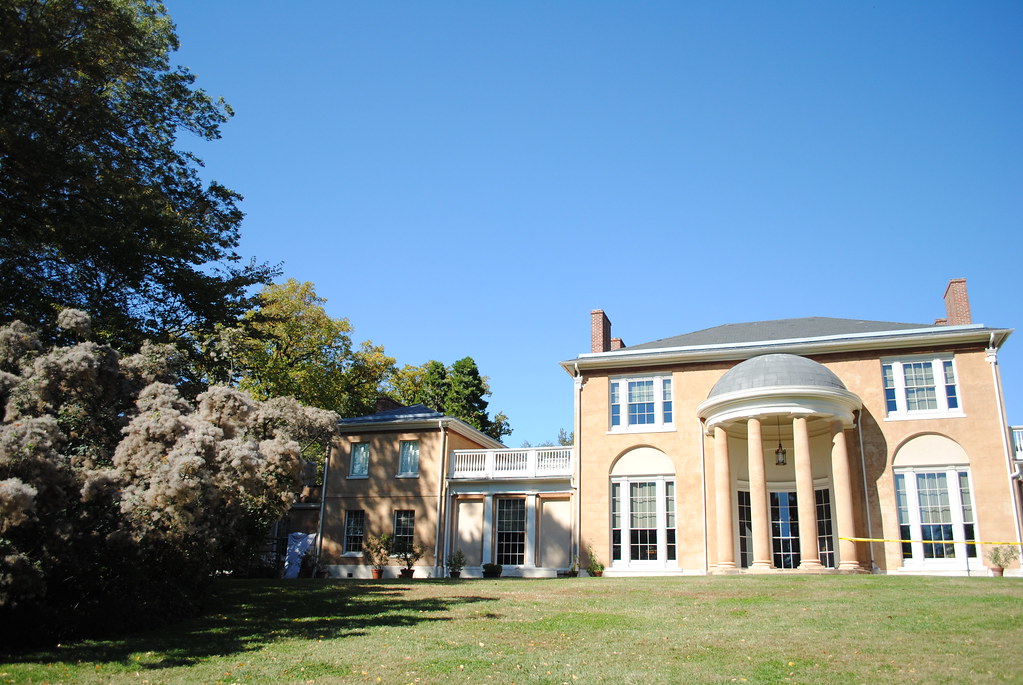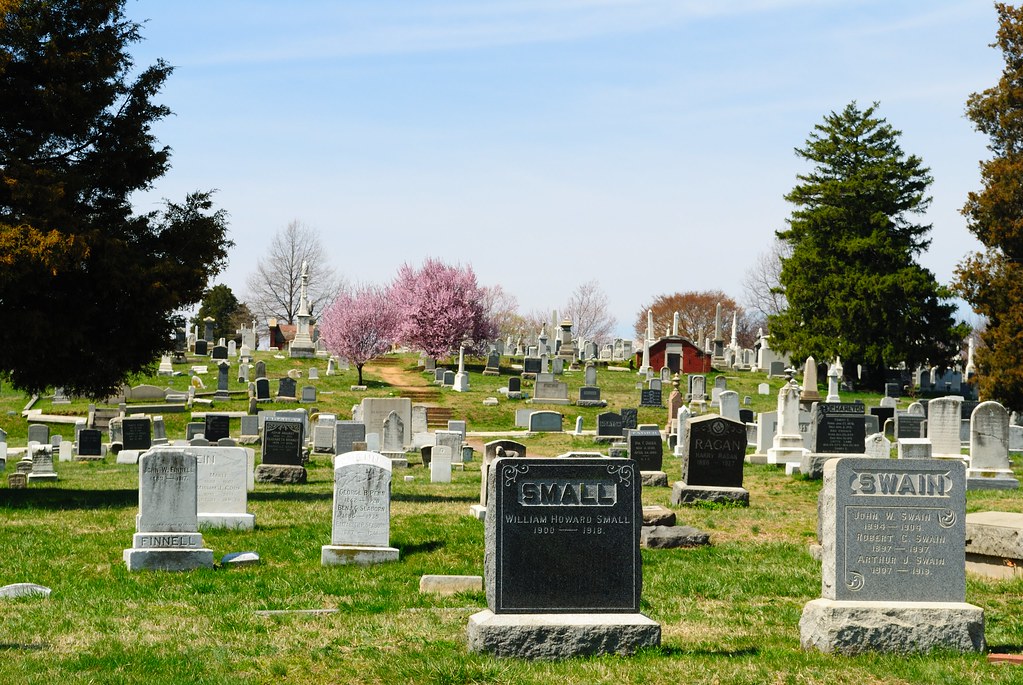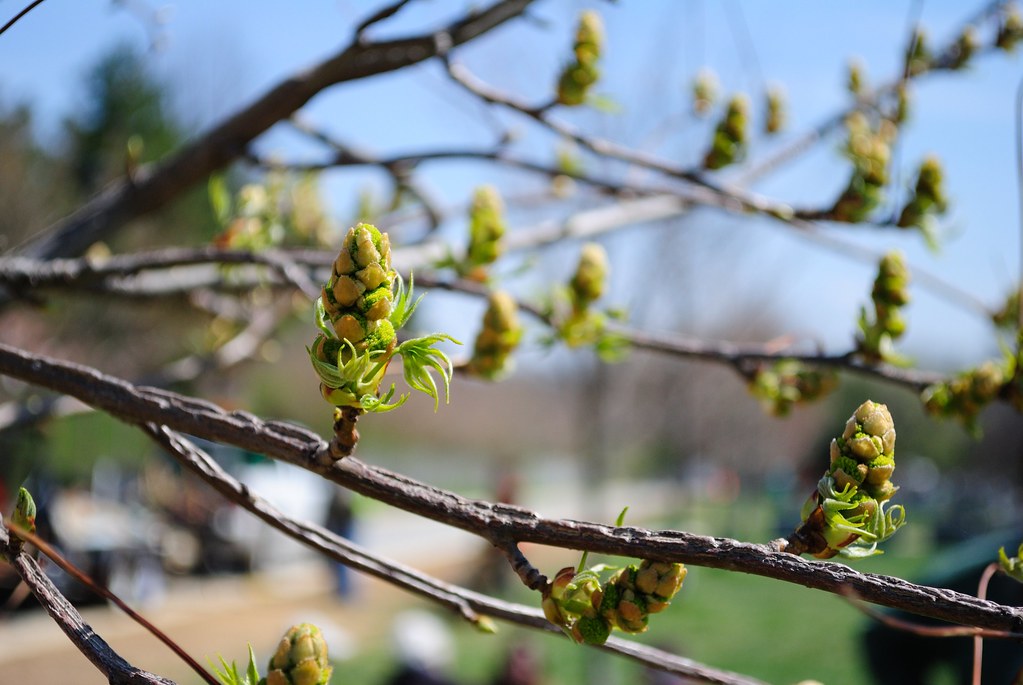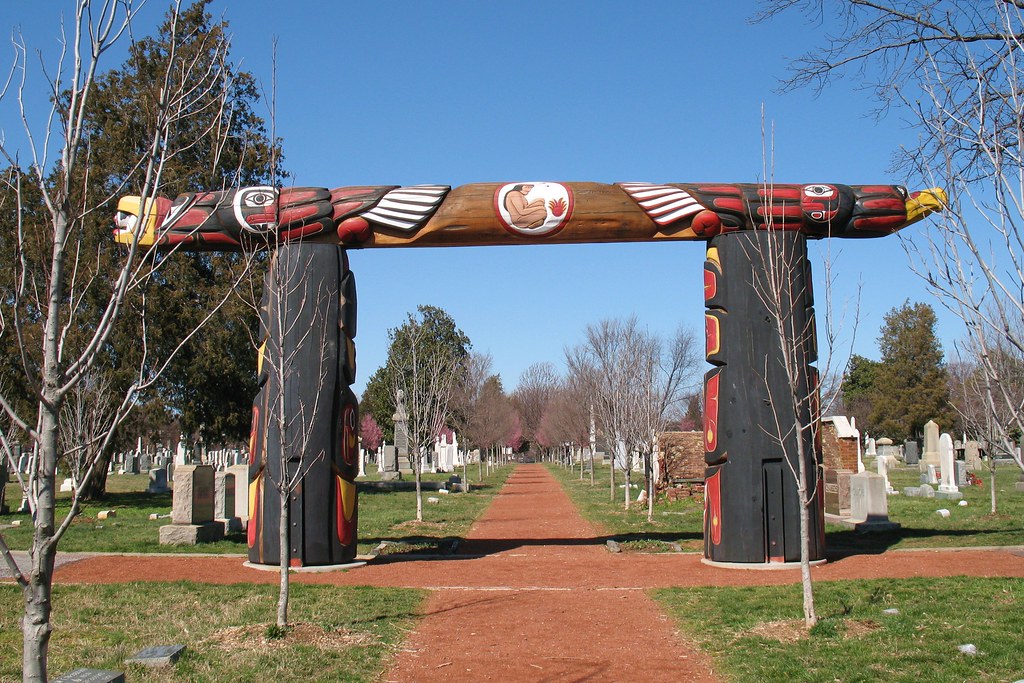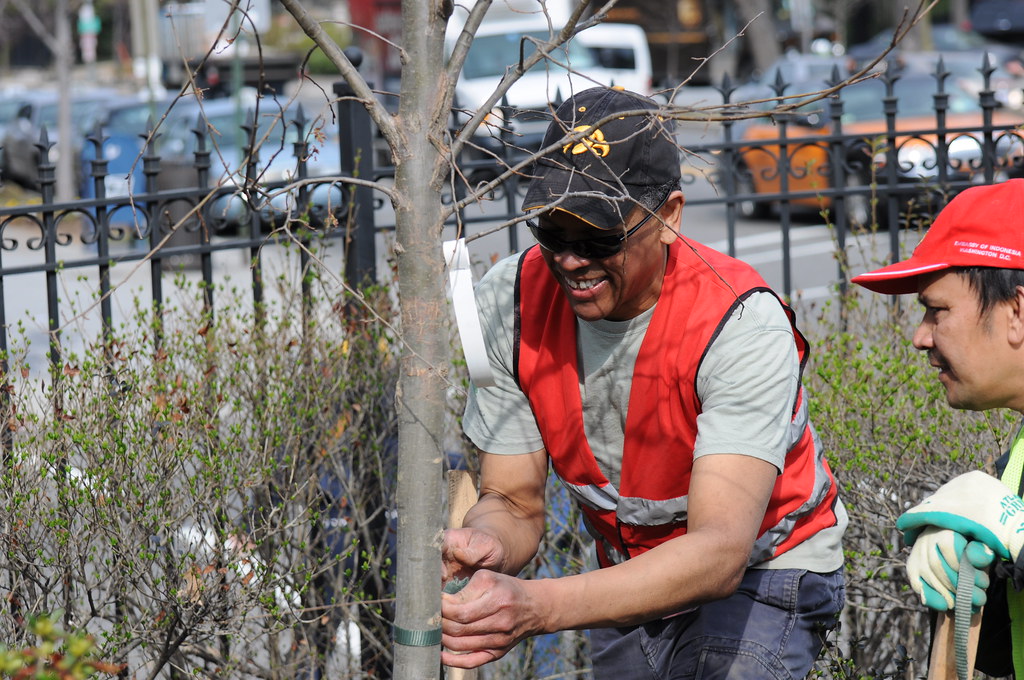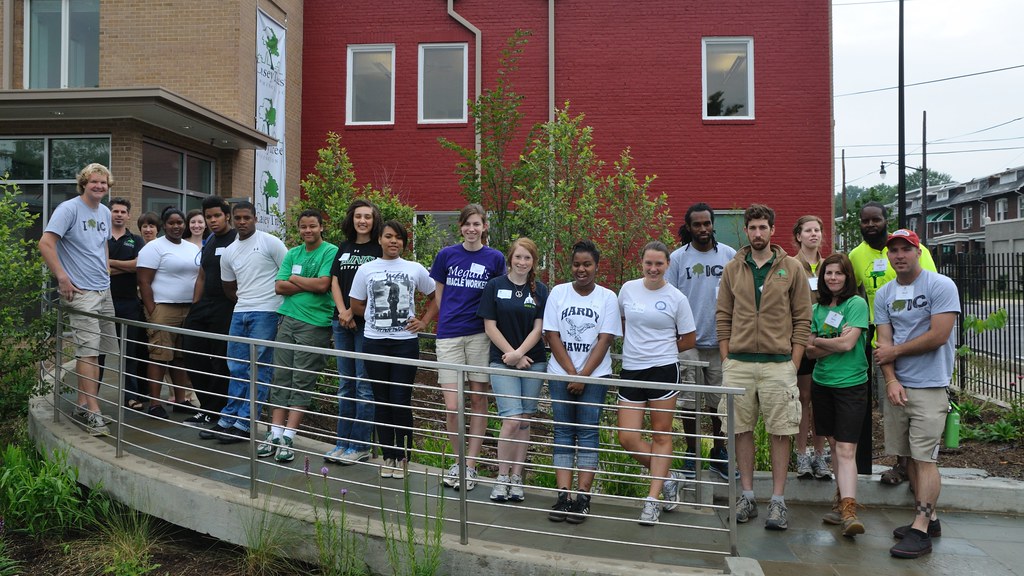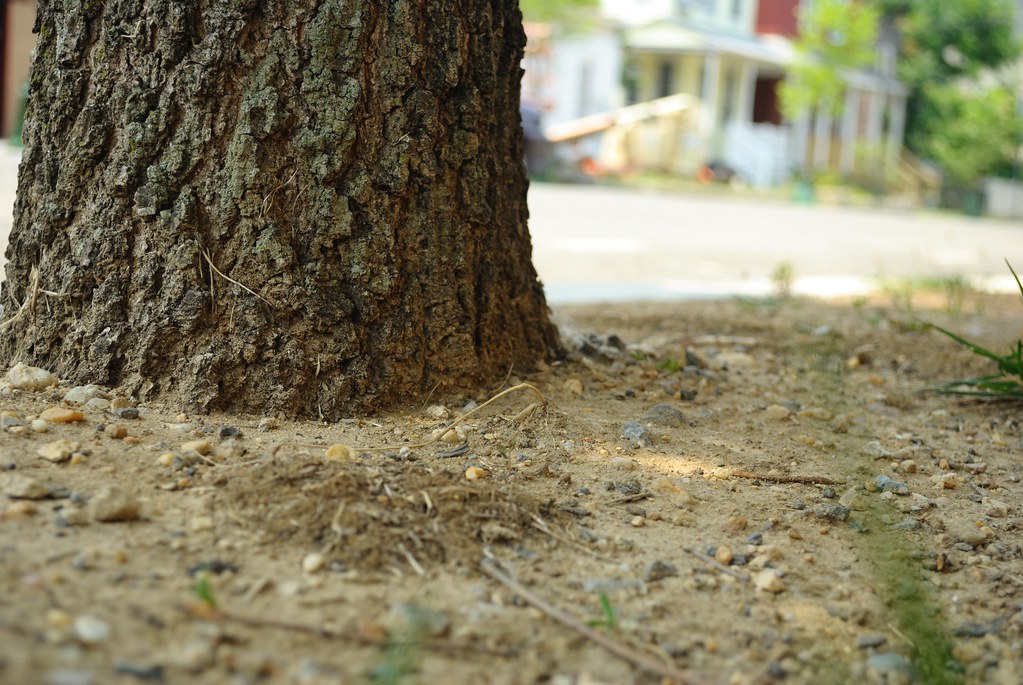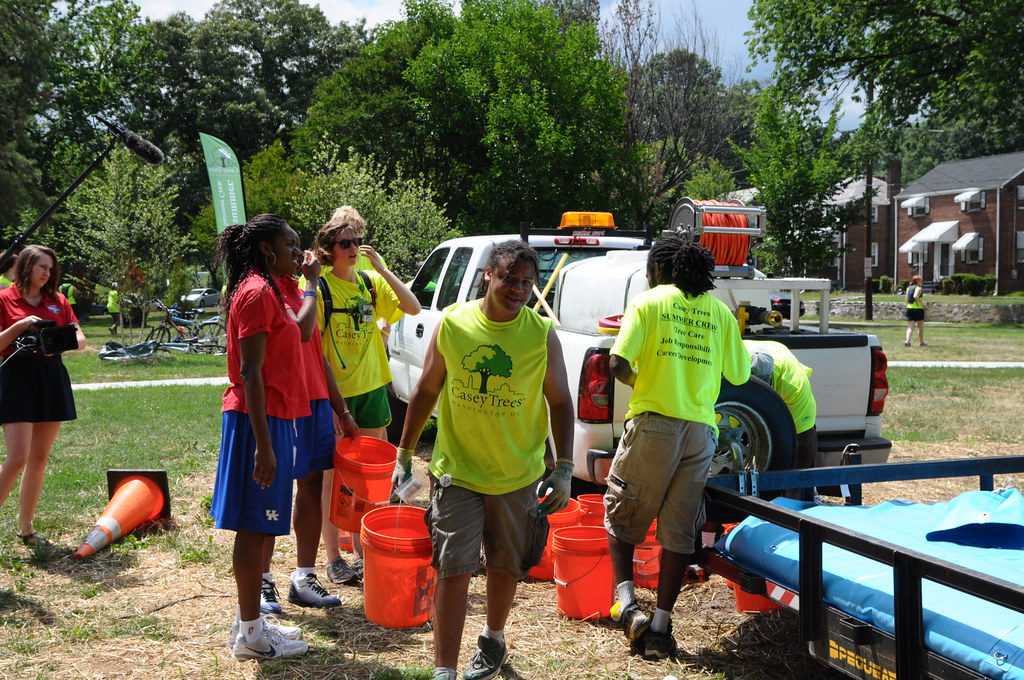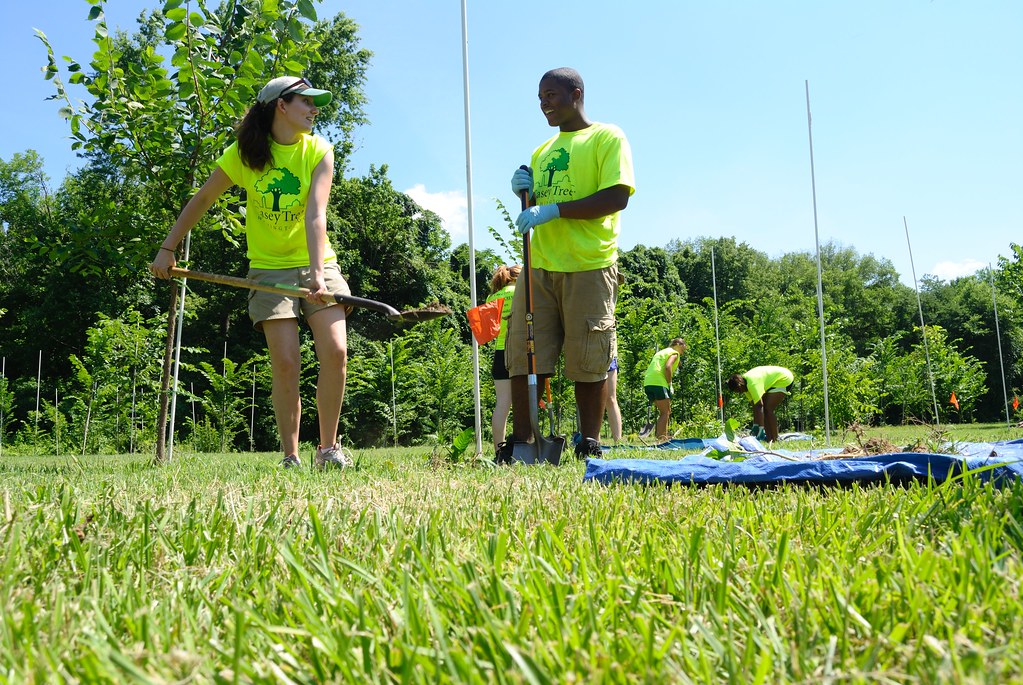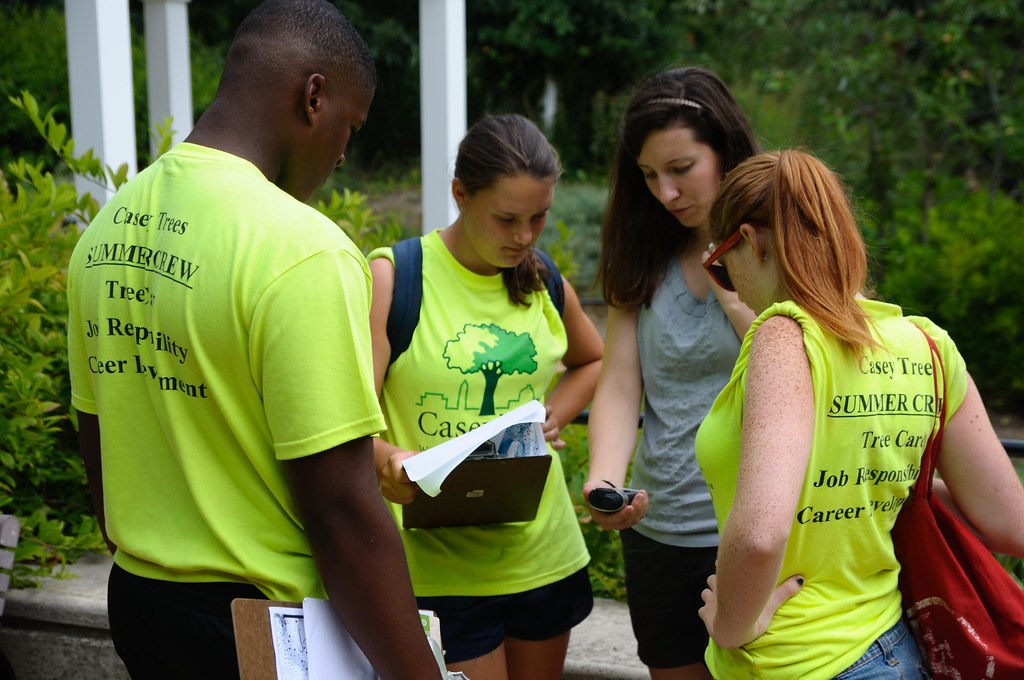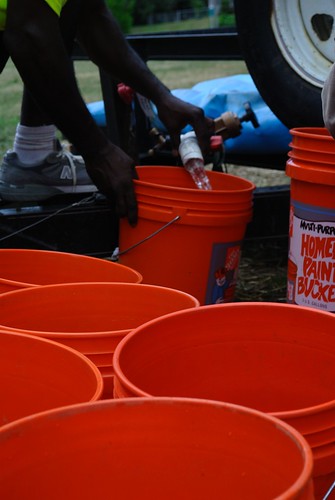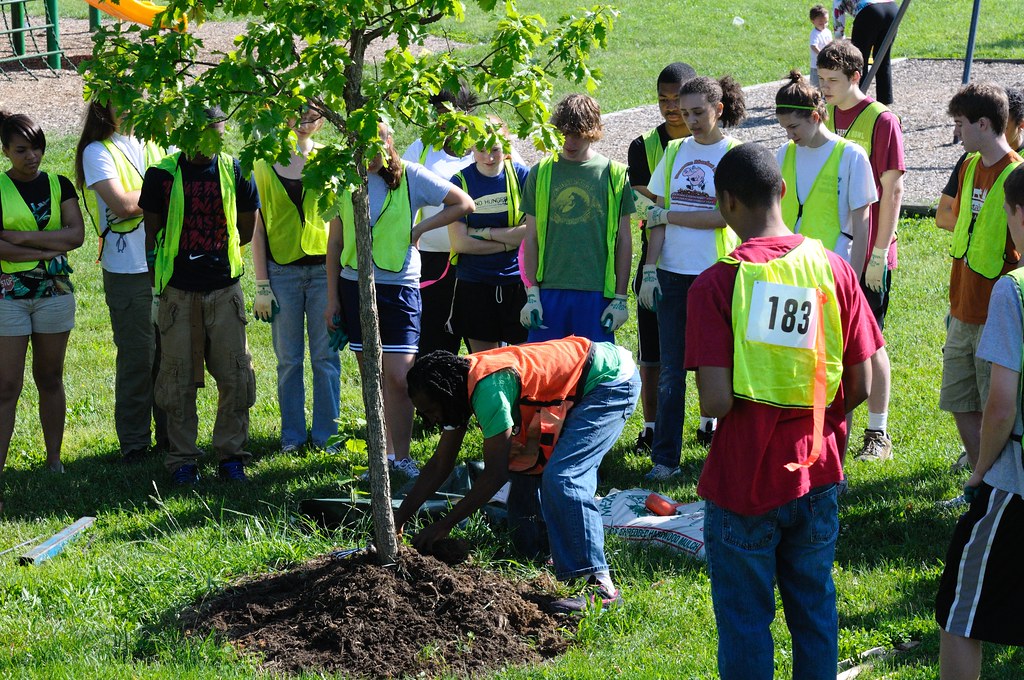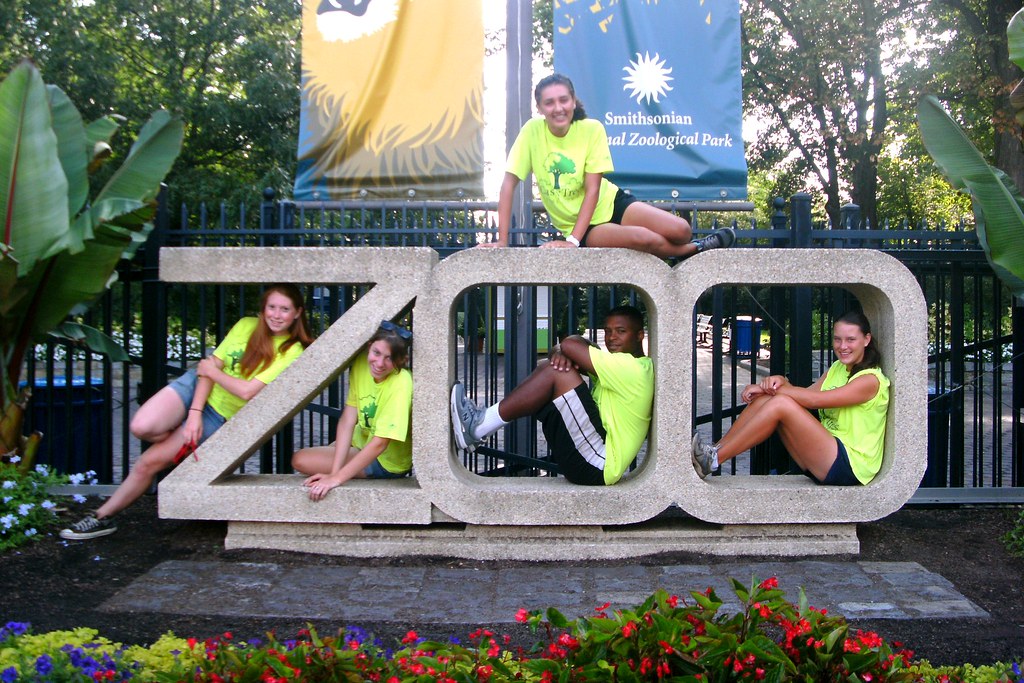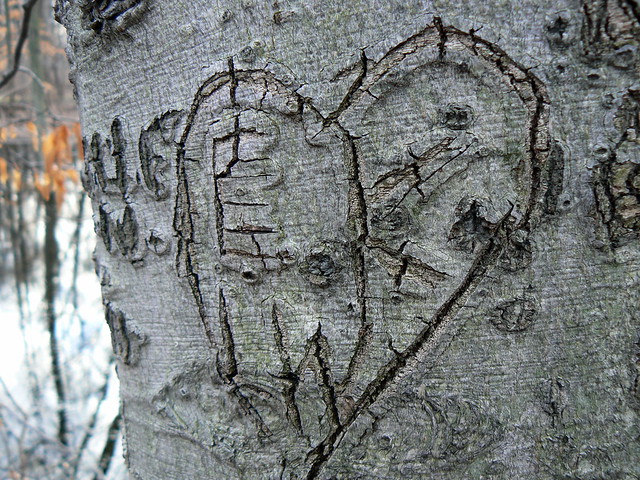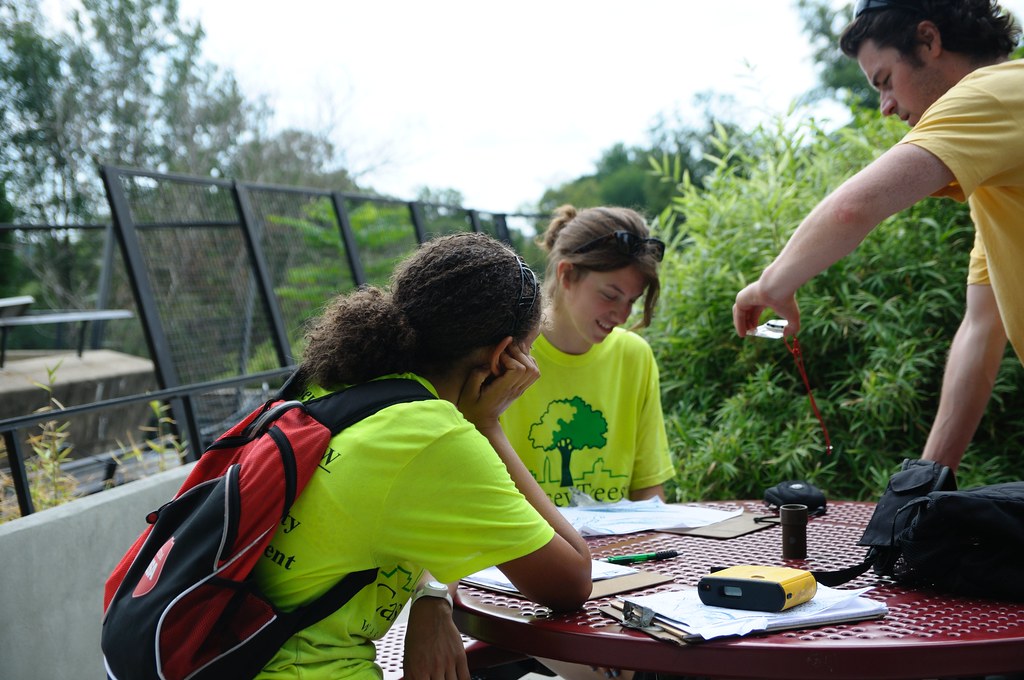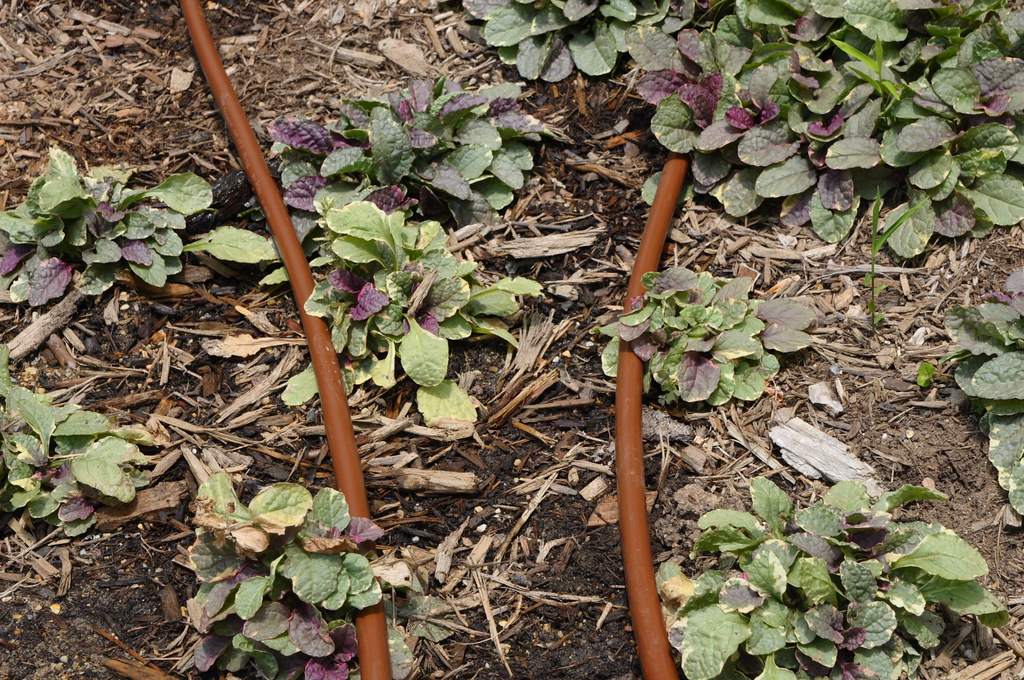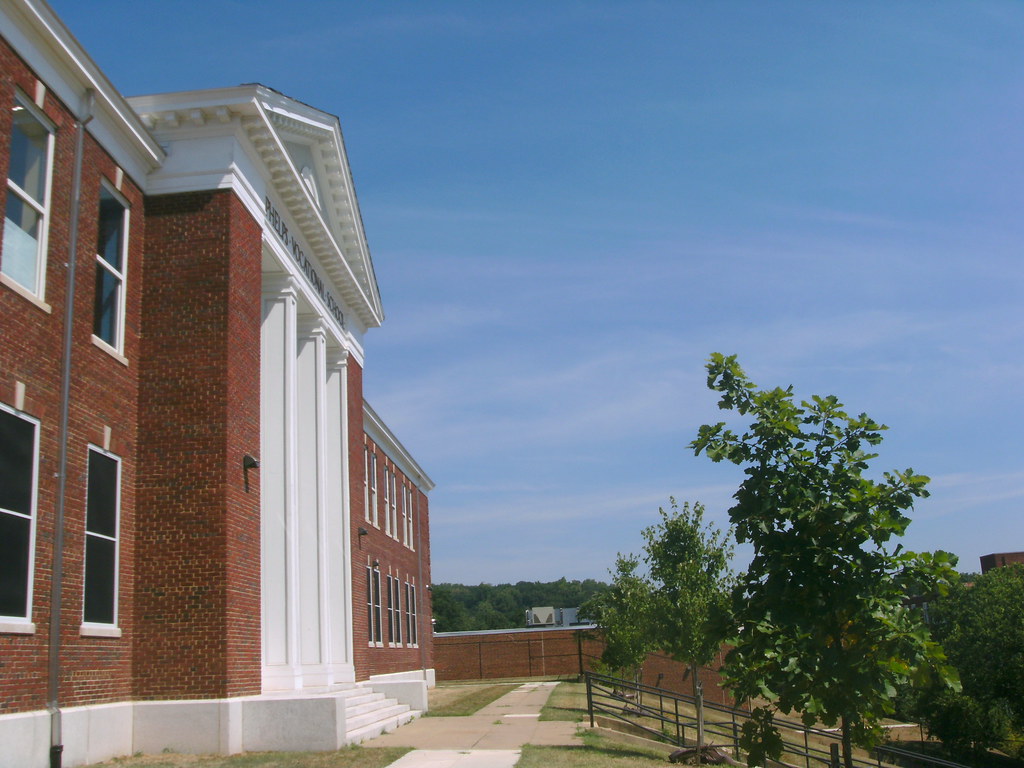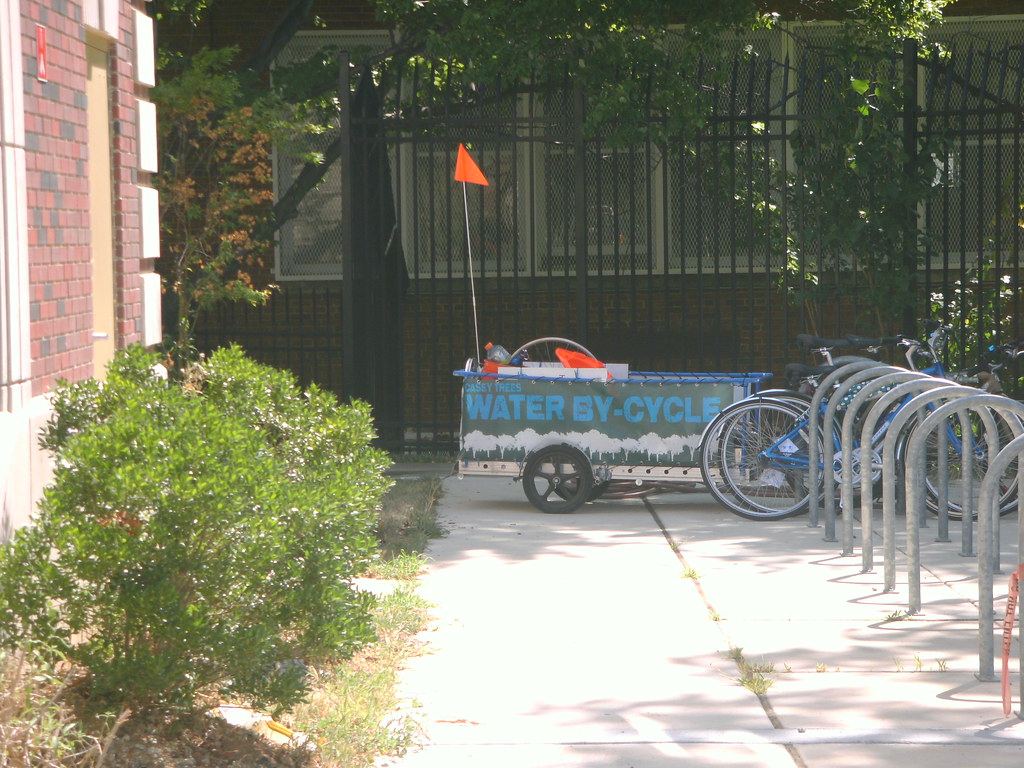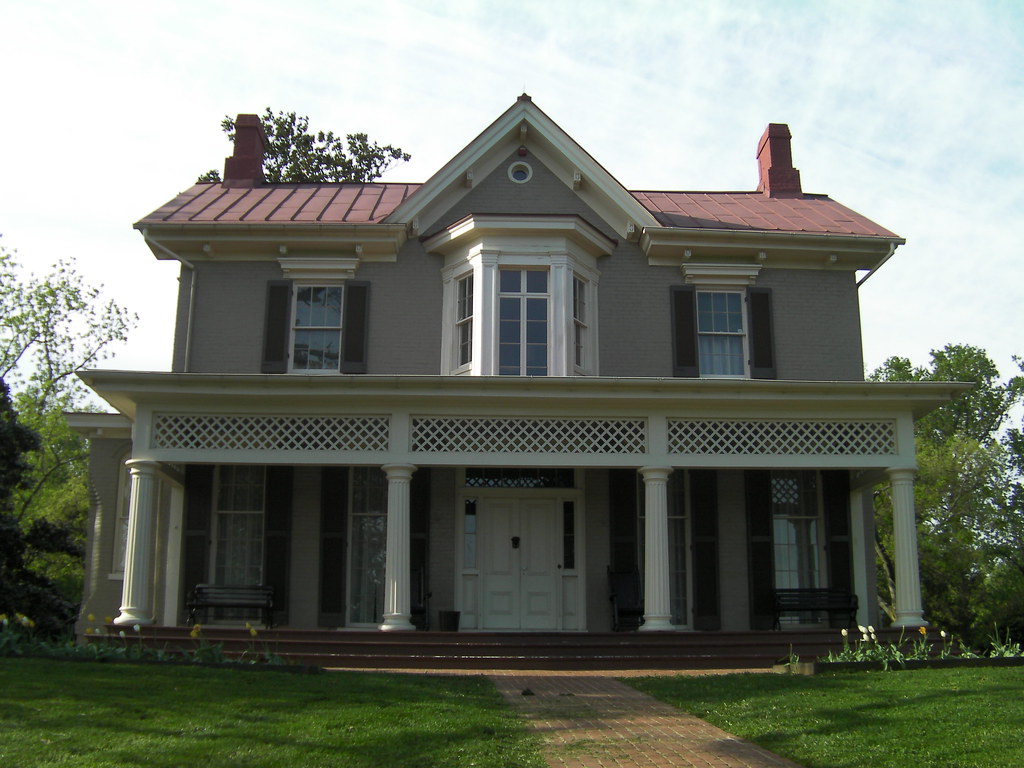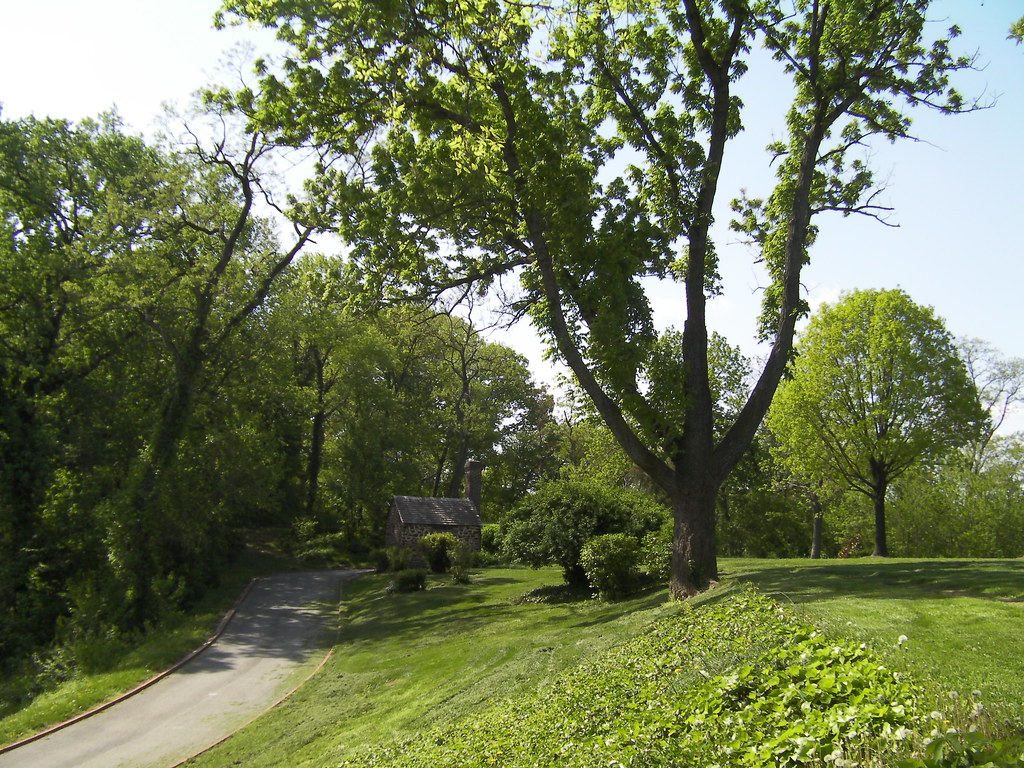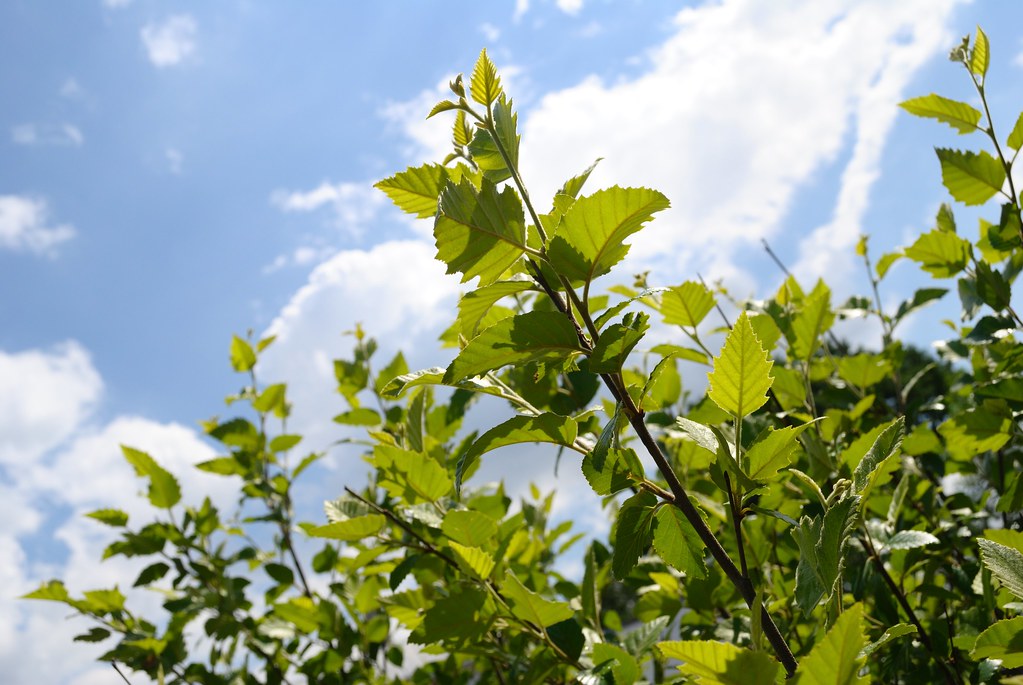As summer winds down, our final tree care tip can help you prepare for the upcoming fall season. This past July was D.C.’s hottest month ever—surely either you or your house’s cooling bill suffered the effects. You can avoid similar woes in summers to come by planting shade trees on your property this fall!
Conditions for planting are best during the fall and the spring, when temperatures are cool and rainfall is more frequent. Early fall is also a great time to plant because root systems have a chance to stabilize before harsh winter weather sets in. So you know when to plant, but where should you plant? Here are some important things to remember when deciding the location of your new tree:
- Keep the tree’s mature size in mind. Plant at least 10 feet from buildings, three feet from sidewalks and 10-20 feet from other trees depending on their size.
- If possible, plant on the southwestern and western sides of your home. Strategically-placed trees that shade your home from the sun can save you 10 to 30 percent on cooling costs!
- Plant around utilities. Call Miss Utility at 1-800-257-7777 to have your underground utility lines marked for free. Plant at least 10 feet from overhead wires and three feet from underground utilities.
Too busy to do all the planning yourself or want some guidance on tree selection? With our RiverSmart Homes program, a Casey Trees representative will come to your home, determine the best location and return at a later date to actually plant the tree. Learn more about the program.







